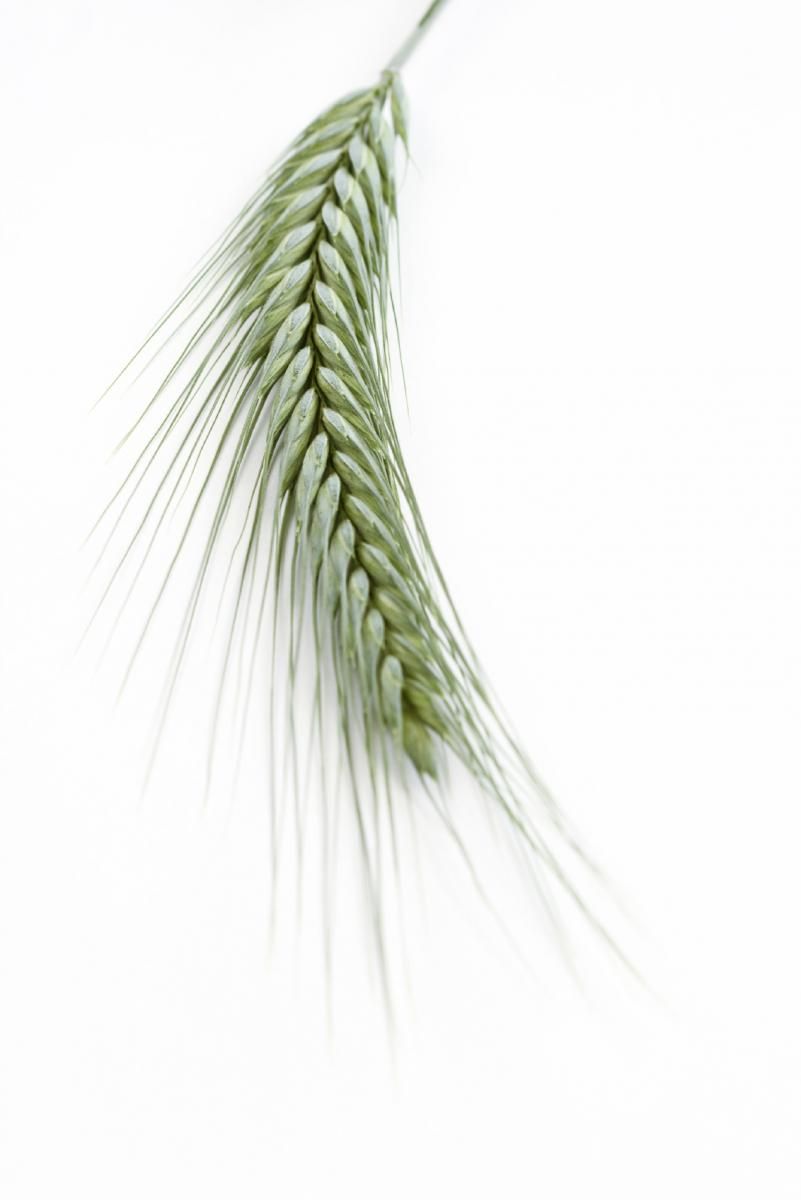Barley Fractions Are High in Folate
European researchers find a way to get more folate out of barley.

By Robby Gardner, Associate Editor
Folic acid can reduce the risk of neural tube defects in infants. But so can folate, the form found in nature. As a benefit to manufacturers of cereal and grain products, research now indicates that barley can be a high source of folate.
Like other grains, barley contains folate. But traditional methods for preparing barley for food include pearling, flaking, and grounding-processes that remove the outer layers of the grain, where most of barley’s folate is believed to reside.
Reporting in the Journal of Cereal Science, researchers from the University of Helsinki and the Swiss Institute of Food, Nutrition, and Health analyzed the folate value in five cultivars of dehulled barley. Using scarification and milling techniques, the researchers then created barley samples that were more concentrated in outer parts of grain, such as the endosperm. Compared to a market-purchased barley flour with a folate content of 379 ng/g, these barley fractions yielded folate as high as 1710 ng/g. In some cases, these fractions contained almost four times the folate found in non-fractionated barley of the same cultivar.
The researchers acknowledged that barley variety and storage time do influence folate levels, but because “folate was localized in the outer layers and germ,” they concluded that barley fractions should be considered a tool for fortification of cereal products.
The Academy of Finland provided funding for the study, as part of its FOLAFIBRE project to explore folate and other bioactive compounds in oats and barley. Of the five barley cultivars used in the study, Jyvä and Saana cultivars were deemed richest in folate.
Balchem’s Newest Launch Optifolin+® Brings Innovation to the Folate Market
November 15th 2024Supplement launches featuring 5-MTHF are on the rise with double digit growth. In this episode of Nutritional Outlook’s podcast, we explore Optifolin+®, a new ingredient in the market that offers essential nutrition from prenatal through adulthood. Join us as we uncover the potential impact of the next evolution in folate, setting the stage for a healthier future.
The Nutritional Outlook Podcast Episode 35: Prioritizing Women's Health Research and Innovation
October 28th 2024On this month's episode of the Nutritional Outlook Podcast, Cepham's founder and president, Anand Swaroop, discusses the company's recent announcement to prioritize women's health research and innovation.
The Nutritional Outlook Podcast Episode 36: Best of the Industry Service Provider, Radicle Science
December 26th 2024Nutritional Outlook's managing editor, Sebastian Krawiec, interviews Radicle Science co-founders, Pelin Thorogood and Jeff Chen, MD. Radicle Science has been selected as this year's Best of the Industry, Service Provider.